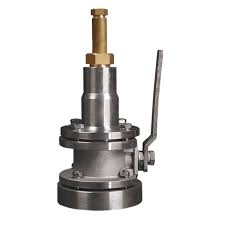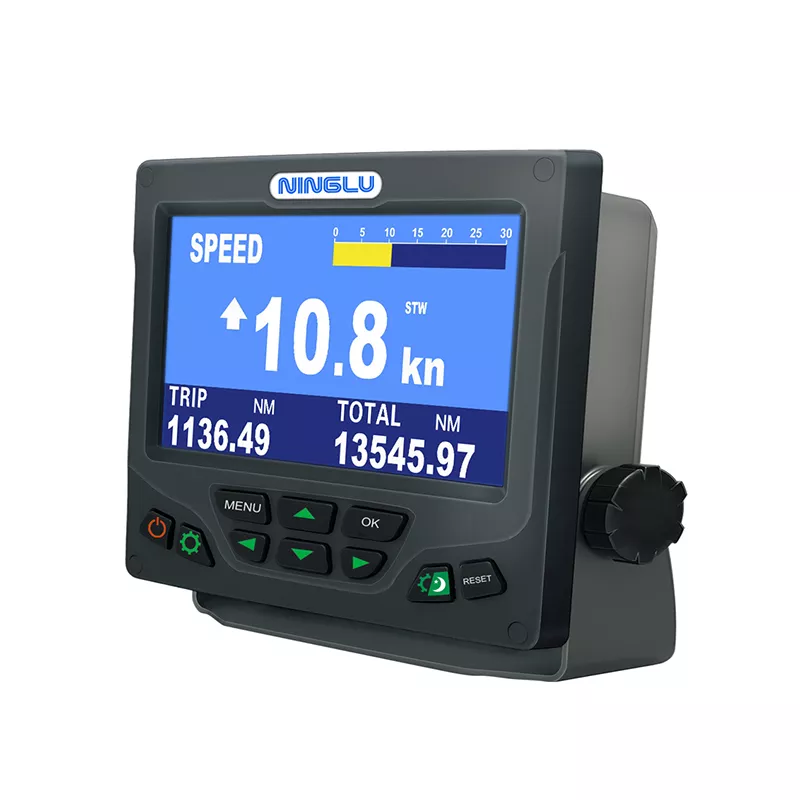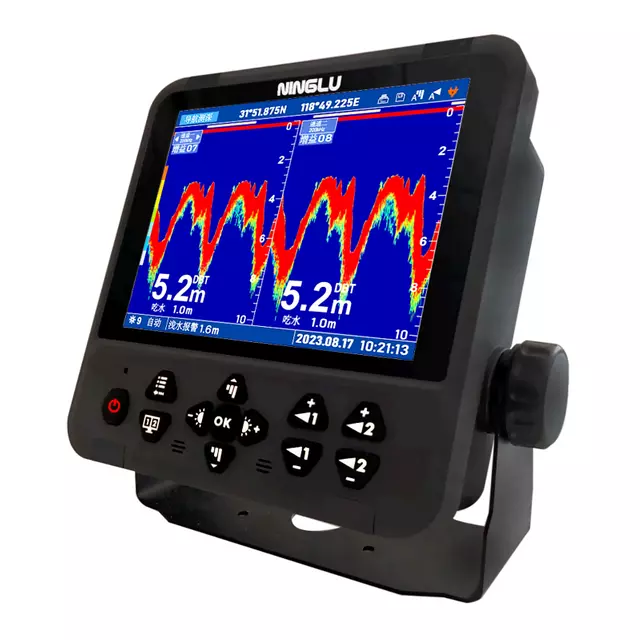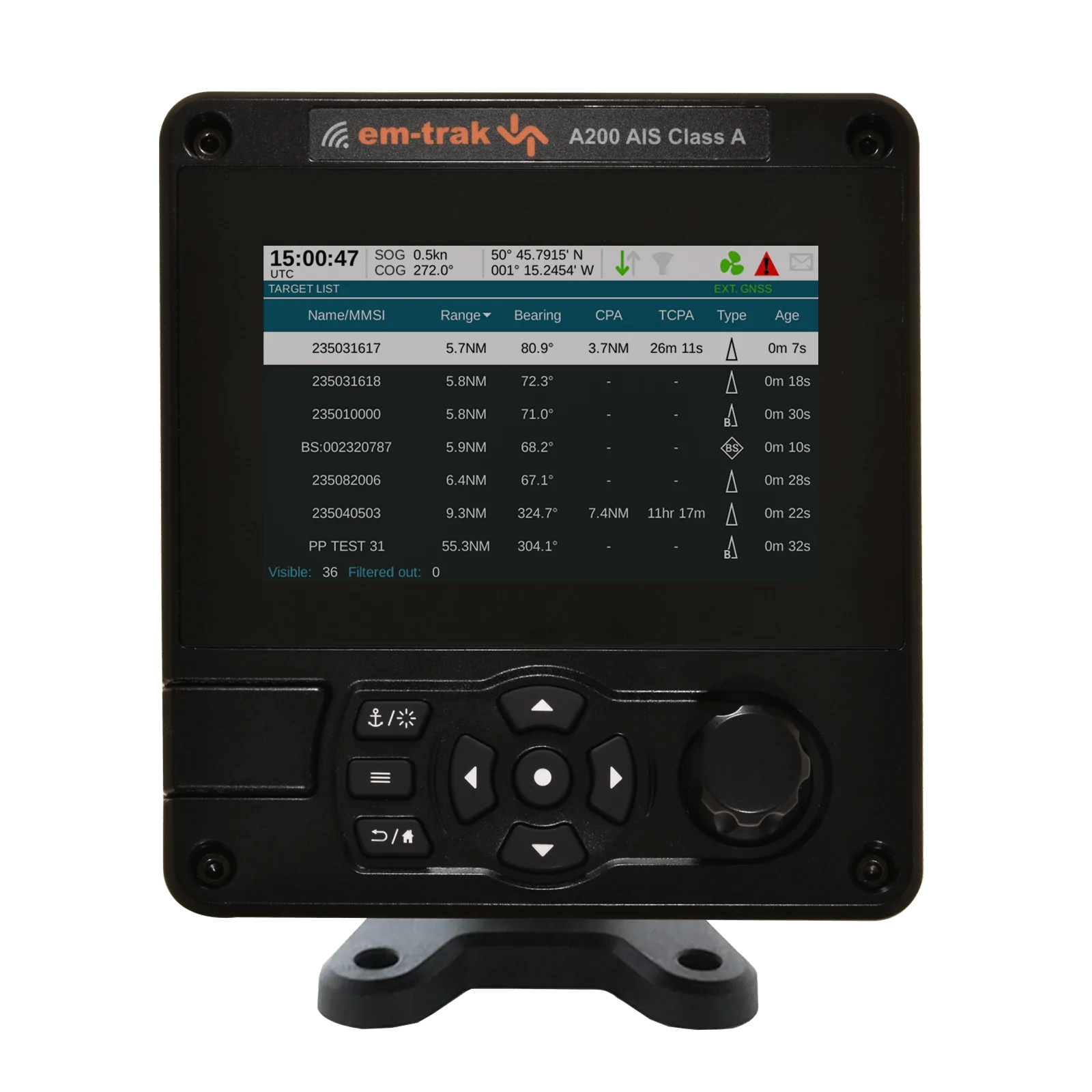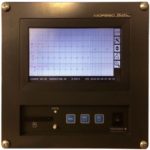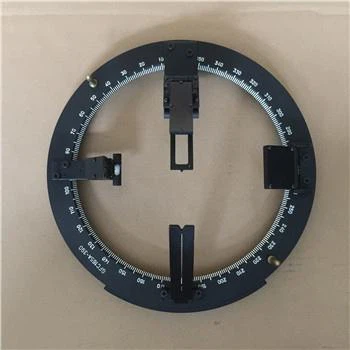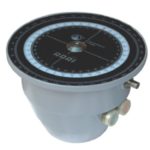Integrated Bridge System (IBS)
Integrated Bridge System (IBS) revolutionize ship navigation by integrating various navigational tools into a single interface. This post explores the components of IBS, its benefits, applications, and answers common FAQs to enhance your of this advanced maritime technology.
What is an Integrated Bridge System (IBS)?
An Integrated Bridge System (IBS) combines navigation sensors, displays, and controls into a unified system to enhance situational awareness and streamline ship operations.
Components of Integrated Bridge System
IBS typically includes radar System, Electronic Chart Display and Information System (ECDIS), Automatic Identification System (AIS), gyrocompasses, speed sensors, and more.
Benefits of Integrated Bridge System
IBS improves safety, efficiency, and operational capability by providing real-time data integration, reducing workload on crew, and enabling better decision-making.
Applications of Integrated Bridge System
IBS is used in commercial vessels, naval ships, and offshore platforms for navigation, collision avoidance, and monitoring of environmental conditions.
Challenges in Implementing Integrated Bridge System
Despite benefits, integrating diverse technologies into a cohesive system requires compatibility, cybersecurity measures, and crew training.
FAQs about Integrated Bridge System (IBS)
| Question | Answer |
|---|---|
| What is an Integrated Bridge System (IBS)? | An IBS integrates various navigation tools into a single system for enhanced ship operation and safety. |
| What are the key components of an Integrated Bridge System? | Components include radar System, ECDIS, AIS, gyrocompasses, speed sensors, and communication equipment. |
| How does an Integrated Bridge System improve navigation? | IBS provides real-time data integration, advanced situational awareness, and automated alerts for safer navigation. |
| Are Integrated Bridge System scalable for different types of vessels? | Yes, IBS can be customized and scaled to meet the requirements of various vessels, from small boats to large cargo ships. |
| What are the safety benefits of using an Integrated Bridge System? | IBS enhances safety by improving navigation accuracy, reducing human error, and facilitating early detection of potential hazards. |
| Do Integrated Bridge System require regular maintenance? | Yes, regular maintenance and updates are necessary to ensure optimal performance and compliance with maritime regulations. |
| Can Integrated Bridge System operate autonomously? | While IBS provides automated features, it still requires oversight and intervention from trained personnel. |
| How do Integrated Bridge System handle emergency situations? | IBS includes emergency procedures and alarms to assist crew in responding promptly to emergencies such as collisions or adverse weather. |
| Are Integrated Bridge System affected by weather conditions? | IBS performance can be affected by severe weather conditions, which may require adjustments and cautious navigation. |
| What advancements are expected in Integrated Bridge System in the future? | Future IBS developments may include enhanced automation, integration with AI for decision support, and improved cybersecurity measures. |

